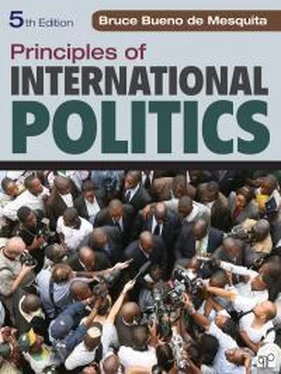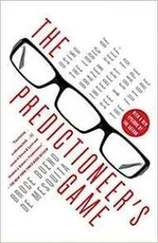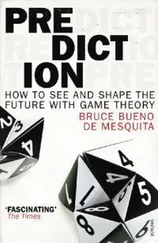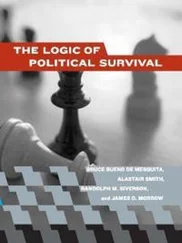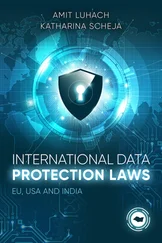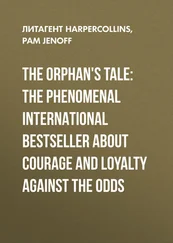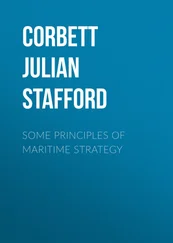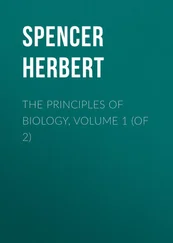The fifth edition sets out competing arguments and evaluates both their logical coherence and empirical reliability, frequently combining historical examples with nontechnical summaries of statistical evidence. It sets out an assessment of constructivist, realist, and liberal theories, all the while employing the strategic perspective to compare and contrast to these other perspectives. Through these comparisons, I seek to bring coherence to a topic that is often seen as overwhelming. In this new edition, I have tried to make even the most demanding concepts readily accessible and interesting to beginning students by offering many illustrative applications in each chapter and by writing in a more easily understood style. A key component of the book’s new accessibility is to introduce very early on the scientific method and the ways in which it can be used to sort out logically and empirically compelling explanations of events from casual reasoning or wishful thinking. I concentrate most of the essential technical material, in mostly nontechnical form, at the beginning of the book, where it is interwoven through a series of ongoing examples. Readers are thus exposed from the start—and in an intuitive way—to selectorate theory and a set of other game-theoretic tools that they then see applied to and developed in the subsequent issues discussed in the book. At the same time, I have attempted to make the book meaty enough so that students will want to return to it long after they have completed the introductory course. This should be a book to keep and use as a ready reference guide to seemingly puzzling developments in the international arena.
METHODOLOGY
My primary purpose in writing this book is to provide students with a better understanding of international relations. The book teaches students how to use sophisticated analytic tools, making them accessible, easily understood, and easily applied to today’s problems and crises. These “tools” include spatial models, the median voter theorem (and how it relates to estimating security), win sets, expected utility calculations, noncooperative game theory, and Bayes’ rule. These methods are illustrated with a single, extended example concerned with the international dispute over North Korea’s nuclear ambitions but also applied to a richly diverse set of other issues and questions. In this way, students get to see from the start how analytic methods and careful thinking can help tease out subtle implications of alternative approaches to major foreign policy problems, and they can even experiment with ways to solve such problems. Although the ideas are sophisticated, they require only skills possessed by beginning college students to be understood. I have worked from the assumption that readers have had no prior exposure to international relations, statistics, or model building. Additionally, to ensure that the methods are easy to understand and apply and that their relevance is apparent, the book has been classroom tested in a host of different institutions, from large state schools to small private colleges and two-year community colleges. I have incorporated feedback from students into every aspect of the presentation.
Students are taught to look beneath international problems to find the small set of key factors that contribute to cooperation or conflict. They gain exposure to problems of collective action and the difficulties of monitoring and sanctioning international misconduct, as well as to the problems that arise in trying to coordinate international interactions and deal with the distribution of valuable, scarce resources. They learn to distinguish between private goods, public goods, club goods, and common-pool resources and how each of these creates its own set of distributional, informational, and coordination problems and solutions. In each case, they are also guided toward means to resolve these problems, learning to recognize the difference between cheap talk and meaningful statements, between commitment problems and ways to design institutions to ensure commitment, and between wishful thinking and reality.
ORGANIZATION AND PEDAGOGY
The book is organized so that the introduction and fourteen subsequent chapters follow a natural sequence for use in either a semester or quarter system. The fifth edition builds on the objectives of its predecessors while offering a more comprehensive understanding of essential insights into how to think carefully about international politics. It is organized into four large sections: (1) foundations, consisting of the introduction and chapters 1 through 4; (2) war, investigated in chapters 5 and 6; (3) peace, which occupies chapters 7 through 11; and (4) world order, consisting of the final three chapters.
The introduction discusses alternative views of international politics and explains how problematic it is to think about states as rational, unitary actors. By developing Arrow’s theorem with lots of supporting examples, it squarely challenges the common belief that states pursue their national interest. Chapter 1 builds on the lessons in the introduction to explain how to use logic and evidence through the scientific method to study and understand international relations. Chapter 2 offers an account of the book’s central focus on the strategic perspective and the selectorate theory in particular, emphasizing how domestic politics, rather than national interest, shapes international interactions. Chapters 3 and 4 then provide all the analytic tools needed to think more deeply and carefully about international affairs. These chapters combine well with the book’s appendix, which provides a common base of historical knowledge for the readers and for use to generate additional, historical examples for classroom exploration. Chapter 4 examines structural theories of war while chapter 5 reprises that subject from the strategic vantage point. Chapter 5 introduces a greatly simplified audience costs model that allows students to compare the expected results in crises when domestic politics are irrelevant (as in realist and liberal theories) from when they are relevant (as in audience cost models and the selectorate theory) to see which offers a more cogent understanding of crisis bargaining and escalation. Throughout these chapters, in addition to their thorough examination of realist and liberal theories, the book also offers extended discussion and evaluation of the constructivist approach and suggests ways to link constructivism with the strategic perspective, emphasizing their complementarity.
Chapter 7 opens the peace section by addressing how international organizations work, or don’t work and why. It delves into the collective action and free rider problem with a very simple and very generally applicable model and with numerous examples that highlight why good intentions often do not translate into good outcomes. Chapter 8 takes the lessons learned up to and including chapter 7 to investigate global warming. It highlights why global problems often do not have global solutions and concludes with a suggested partial improvement in the treatment of global warming by looking realistically at the sort of deal that the United States and Brazil—two of the four largest greenhouse gas emitters—could strike. Chapter 9 then turns our attention to another global blight: violations of human rights. It looks at the meaning, limitations, and strengths of international law and the domestic and international politics behind human rights policies. Here we see a carefully developed counterpoint between the expectations of constructivist theories, the selectorate approach, and empirical reality. Chapters 10 and 11 examine trade policy. Chapter 10 explores the domestic politics behind free trade or fair trade (protectionist) approaches while chapter 11 looks at the same trade issues in the context of globalization and its winners and losers. These chapters introduce important concepts from economics such as comparative advantage, the production possibility frontier, opportunity costs, and supply and demand to tease out how different international and domestic circumstances shape international exchange. The chapters also offer original statistical assessments of the consequences of alternative trade policies for income inequality and for the welfare of workers and investors in rich countries and poor countries. Students may be surprised at the difference between partisan rhetoric and reality on the ground. In the final section, we look in chapter 12 at foreign aid policy to extract lessons about who benefits and who is harmed by foreign aid, what its purposes are, and how it may influence the prospects of revolutions such as we saw during the Arab Spring. Taking the lessons from chapter 12 to heart, we turn in chapter 13 to an investigation of terrorism and its links to poverty and aid-donor policies. We examine whether commonly adopted anti-terrorist approaches reduce or increase terrorism, and we explore a game theoretic model that provides considerable insight into the difficulties in resolving terrorist threats, whether in the Middle East or at home. Finally, chapter 14 applies all that we have learned to understand why efforts at nation building and declarations of interest in spreading democracy throughout the world almost always fail and how we might improve the chances of success. Every chapter is full of timely examples, reflections on historical developments from various theoretical perspectives, and carefully explained insights from the most recent research.
Читать дальше
